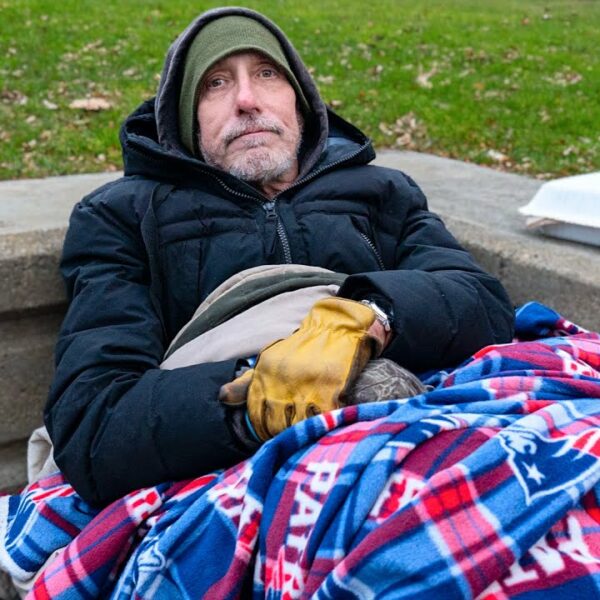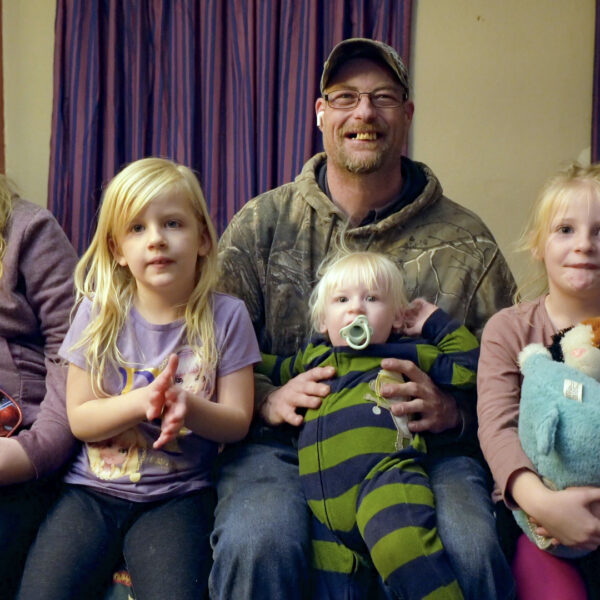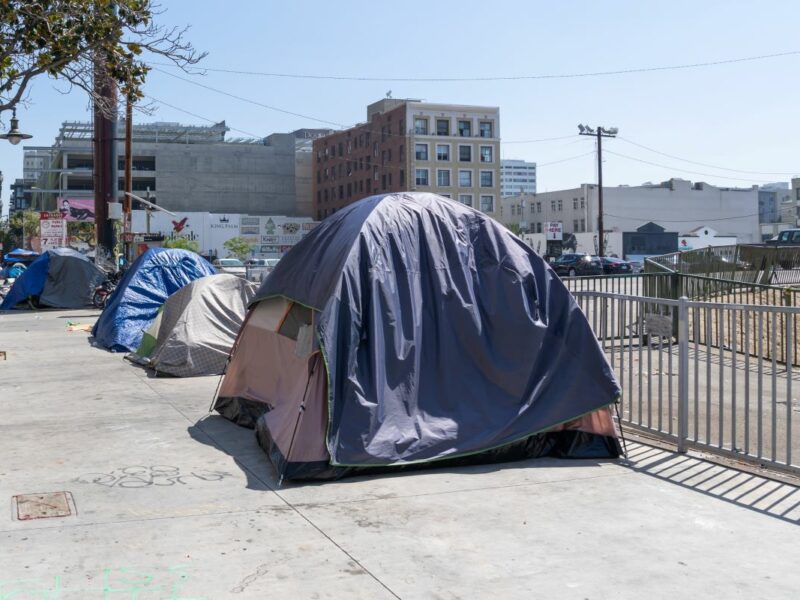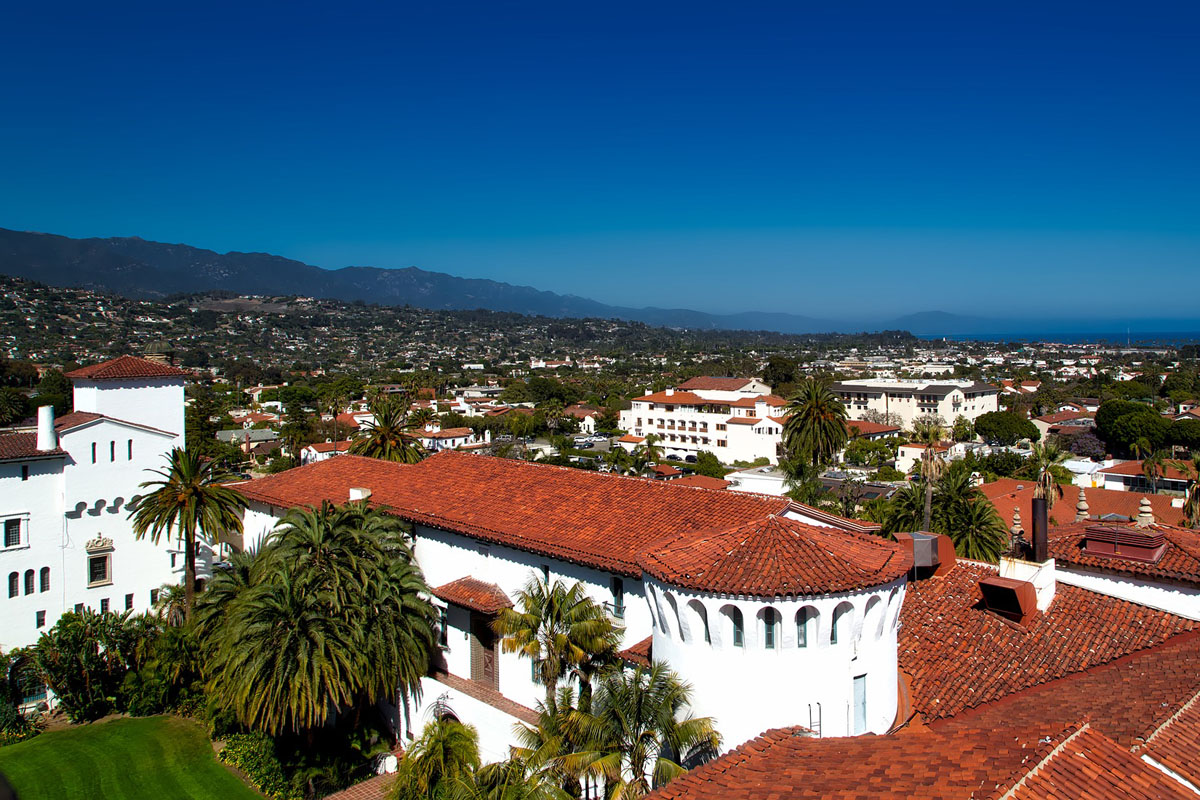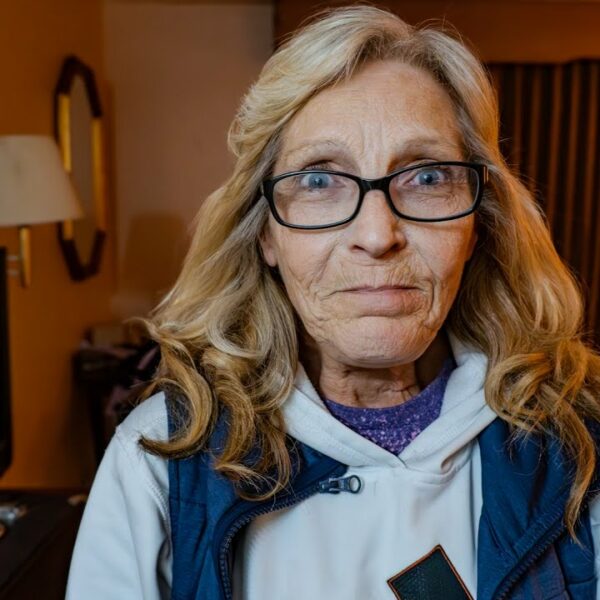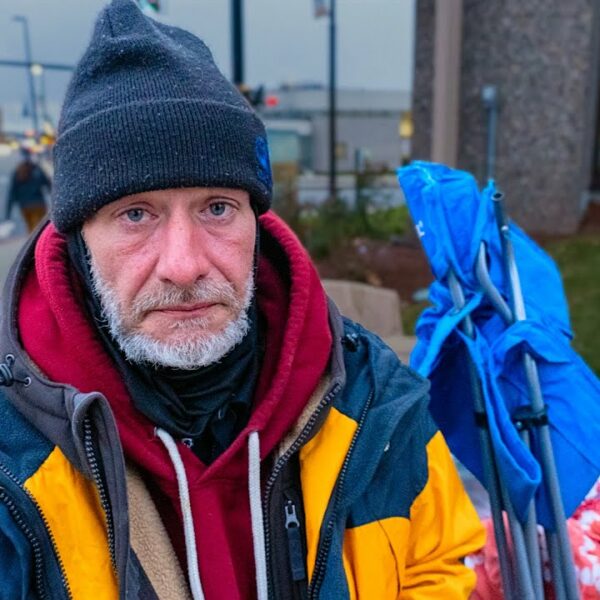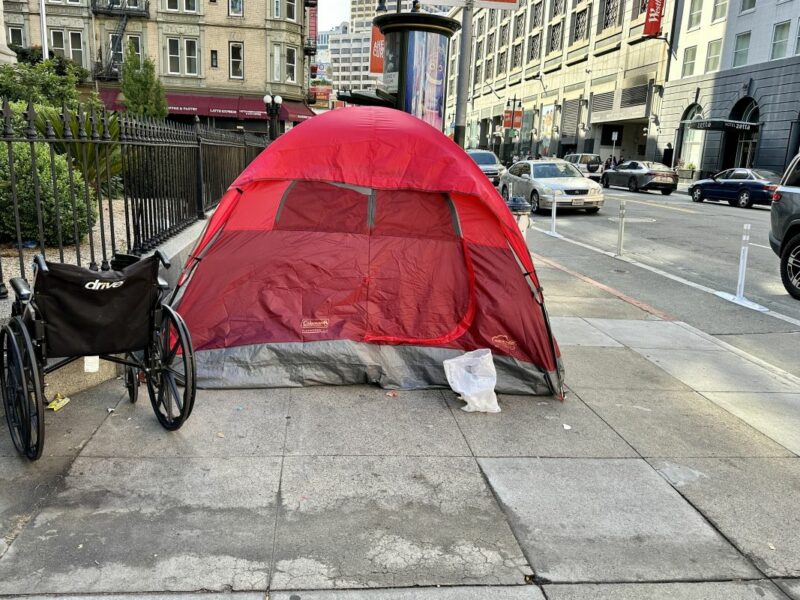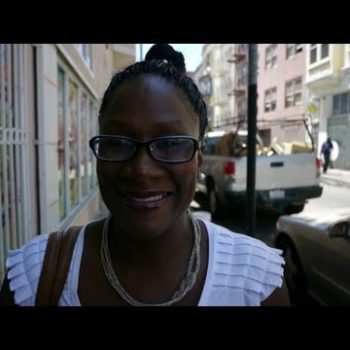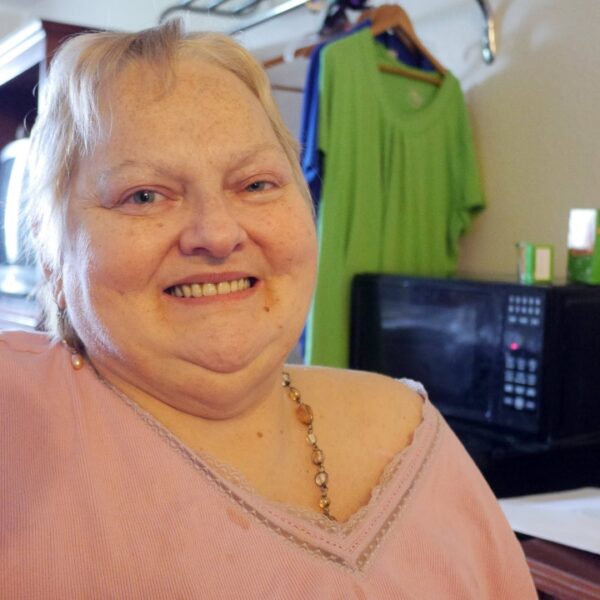Santa Barbara ‘Beautiful’ … If Your Pockets Are Deep Enough
Santa Barbara is synonymous with sweeping seaside landscapes, breathtaking beaches set against dramatic, mountain-filled backdrops. It is a veritable “land of milk and honey”-valley producing some of the country’s tastiest fruits and vegetables.
Beauty aside, two recent Grand Jury reports suggest that the Californian city has had significant systemic problems for decades that are now coming to a head. The reports state the city has neglected its residents, with homelessness on the rise and affordable housing shrinking.
Can a city be an ideal destination for working families and at the same time support its homeless population? What needs to change for Santa Barbara to appease grand juries, and more importantly, meet the needs of its people?
Affording Housing in Santa Barbara – California Dreaming?
“The city of Santa Barbara has long been a desired destination for living and working, if you can afford the high cost of housing.”
So began the 2019-20 Santa Barbara County Grand Jury’s report on adequate housing. The if qualifier is a big one, with median homes priced at well over one million dollars. Current housing costs are a significant barrier for entry.
The irony is that the city has long been aware of its affordable housing shortage. How long? At least as far back as 1969, when the city created a housing authority with the express purpose of “providing safe, decent, and quality affordable housing and supportive services”.
While its mission statement passes the sniff test, it hasn’t exactly delivered as intended. Over the course of the housing authority’s 50+ years of existence, it has provided just 1,300 housing units. A rate of 26 affordable homes per year is a bit underwhelming. It certainly doesn’t scream progress, especially in light of how many unhoused people now call Santa Barbara home.
The State Regional Housing Needs Allocation demands that Santa Barbara produce 2,000 housing units over the next four years. But the report cites a lack of clear direction and forward thinking from City Council prevents reaching this target.
“Santa Barbara City Council is wary of what is built and where it is built. Its primary concern has been keeping the character of the town, keeping it attractive to tourists and of value to its residents.”
Building developments are approved or rejected with current home owners in mind, not the needs of those that need affordable housing options. That’s like curating a menu for the full while ignoring the needs of the hungry.
Funding for affordable housing projects has also dried up.
This has led to a greater need for private funding, which has been in short supply. With increased building costs and shrinking profit margins, requiring developers to allocate x amount of units for affordable housing has become more difficult. Not wanting to chase developers away, City Council removed many of these requirements. Now the challenge is reinstituting some kind of inclusionary requirement.
What needs to be done to right the ship?
The city needs to source permanent funding for affordable housing projects, allow for multi-zone lots, and incentivize development of low and mid-income-friendly homes. But it boils down to a matter of city priorities. Does City Council want to improve the situation? Do they want to create a more inclusive community? Or are they content to maintain paradisaic exclusivity at the expense of their neediest residents?
The report called on Santa Barbara’s City Council to focus on future potential, not dwell on past and present achievements. “Instead of protecting what is already here, it can think in terms of what could be here.”
Santa Barbara’s Neglected Residents
While homelessness may not be the first thought that comes to mind when one thinks about Santa Barbara, an unhoused population lives there – to the tune of 1,897 people, according to a recent report on the city’s “societal problem.” Two thirds of this number live in unsheltered conditions, while the remainder live in emergency shelters or transitional housing.
Who makes up this diverse group of homeless people? Surprisingly, 76 percent were already living in Santa Barbara County when they first became homeless. More than 10 percent of school-age children within the County are homeless.
Many are employed but faced unanticipated medical costs, missed a paycheck, or experienced an unaffordable rent increase. Women make up nearly half of the population, with veterans and elderly rounding out the total number. Only 32 percent are chronically homeless.
“These individuals are part of our community. They may have been a neighbor, or your child’s friend, the person mowing your lawn, or waiting on you at the store, someone’s grandparent, or a veteran who has served our country. These are our homeless [neighbors].”
The report highlights many foundational issues that need attention to help the city can tackle homelessness. It’s worth a read, especially if you live in California. Note just one of the issues: rigid funding protocols.
The city’s Housing First program prioritizes homeless people based on need.
The more acute the client’s need, the higher they will be on the list when housing becomes available. However, “wraparound services” for these clients can be costly—anywhere from $7,000 to $20,000 per person annually. This results in a bottleneck, as funds wait to be collected in order to meet the need.
On the other hand, clients who do not require extensive support services are not prioritized. These are people who are “housing-ready,” meaning they may only need a few thousand dollars for a rental deposit, the first month’s payment or other one-time fees. Because their needs are less acute, they wait longer. Ironically this waiting period may result in a previously “housing-ready” client now being in need of costly “wraparound services.”
The solution is more flexible funding protocols. Pick the low-hanging fruit. House “housing-ready” clients efficiently and the city saves expenses down the road.
Much like the city’s affordable housing shortage, the problem and solution seem to be a matter of priorities. Where City Council chooses to go, residents will follow.
“Community opposition can evolve into community support when neighbors come to understand that in addition to helping others, we are benefiting ourselves and the Santa Barbara communities we all call home.”



